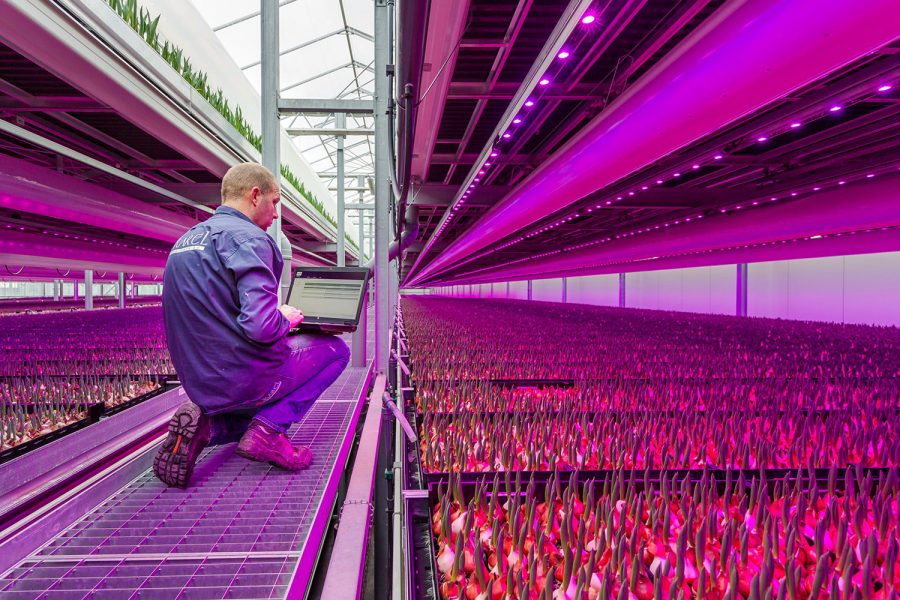Vertical farming could be end to world hunger
45 percent of all deaths of children below the age of five are due to those children not receiving the right amount of nutrients from food. That equals a whopping total of 3.1 million children a year. Most of these people live in developing countries, but some live closer than we think.
World hunger has always been one of the big epidemics that society has been trying to solve. The problem has caught the attention of many around the world, causing several different countries to come together to help each other.
If there was an easy way to stop world hunger, would people do it? With habitat destruction and the constant growing of cities and other urban areas, it’s hard to keep up with the growing command for getting fresh food fast. There is a new trend sweeping the nation that uses an older building as an area to plant crops.
Now, cities that never had fresh food without having it shipped thousands of miles have food that is grown locally. This new farming system is called vertical farming.
Vertical farming is the process of using old warehouses or vacant buildings, which are then renovated into the perfect areas for vegetables to be grown in bulk. These farms are different than regular farms due to the fact that they grow in vertical rows where regular farms grow horizontally. The rows are then stacked on top of one another, and use one main irrigation system to water all of the crops.
This way of farming reduces the overall amount of water and soil being used. Farms also have the ability to spray the roots with nutrient-rich mist that helps with the oxygenation of the plants. AeroSpring, a well known vertical farming company, stated: “This system allows us to use 95% less water than a regular field.”. Most vertical farms don’t even use soil; instead, the seeds are grown on reusable clothes made from recycled plastic.
Farming this way not only cuts back on the natural resources being used, but it also cuts back on the number of chemicals being used on the plants. Since the crops are not being grown outside, there are no reasons for the farmers to use pesticides or herbicides. Several rows of special LED lights are used to give the plants the amount of energy needed. Companies even save power through using these lights thanks to reducing the use of certain color spectrums found in the lights.
Regular farms would only be able to harvest and grow crops that are in season, but with vertical farming, thanks to the controlled climate conditions, any crop can be grown and harvested at any time.
Vertical farms have been popping up in several areas around the world such as parts of the U.S, UK, Vancouver, Singapore and Panama. One of the locations in the U.S. would include the new vertical farm that opened in Pittsburgh in late 2017. Located in Carnegie Mellon University, the organization RoBotany started by growing kale and is estimated to produce 1,000 pounds of food per day.
This may be the new normal or possibly the answer to the world’s constant struggle with hunger. It looks like in the future more vertical farms could be popping up around the area. Even if neither of these things do end up coming true, it’s time for people to realize how much of an effect they can have on the earth just by trying something new.



